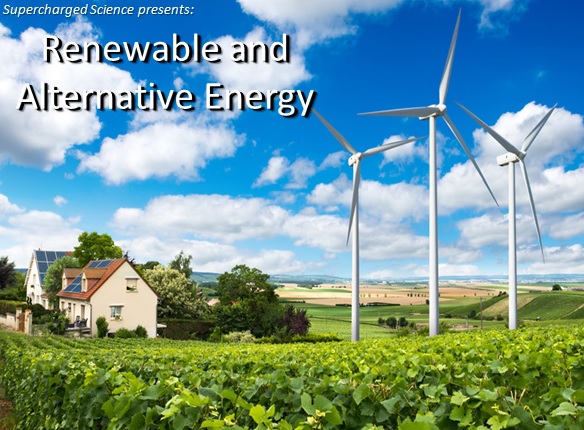Cooking involves heating food to bring about chemical changes. Sometimes foods are heated simply because the food tastes better warm than cold. In making tea, we sometimes heat water to help dissolve tea or help dissolve sugar if the tea is sweetened.
Normally the water used to make tea is heated on a range top or in a microwave oven. Using a range or microwave oven requires buying energy in the form of electricity or natural gas. Using a solar cooker does not require any energy costs because it uses a freely available renewable energy source-the sun.
A curved mirror in a bowl-like shape can focus reflected sunlight at a spot for cooking. A mirror about 1.5 meters (5 feet) across can generate a temperature of 177°C (350°F) and boil a liter of water in about fifteen minutes. In sunny areas of the world, solar cookers can be used instead of burning firewood for cooking.
Another way reflected and focused sunlight is used is to generate electricity. In southern California in 1982, a solar-thermal plant was built that can generate ten million watts of electrical power. This plant consists of 1,818 mirrored heliostats. A heliostat is a device that moves to track the sun across the sky and to reflect the sunlight at the same point. Each heliostat has twelve mirrors, and all the heliostats reflect sunlight to the same spot. The reflected light is directed at the top of a 90-meter (295-foot) tall tower. The concentrated sunlight is used to boil water and heat the steam up to 560° C (1,040 ° F). The steam turns a turbine that powers a generator to produce electricity.
One obvious disadvantage of solar-thermal plants is that they only operate when the sun is shining. The heat energy can be stored for a time by heating up a liquid or melting salt. Or the energy can be used to break water into hydrogen and oxygen. The hydrogen can then be stored and burned later to produce water and release energy.
Please login or register to read the rest of this content.
Materials
- Three clear, clean plastic cups
- Two small tea bags
- Aluminum foil
- Watch or clock
- Measuring cup
- Water
- Two spoons
- White sheet of paper
- Plastic pan (4 inches deep and 12 inches across is a convenient size but other sizes can be used)
Download Student Worksheet & Exercises
Procedure
You will need to do this experiment on a warm, sunny day.
Use two sheets of aluminum foil and place them crosswise to completely cover the bottom and sides of a plastic pan. Try to arrange the aluminum foil so that it is smooth and curved like a bowl. The aluminum foil will help to reflect the solar energy and concentrate the light and heat toward the center of the pan. Place this aluminum covered pan outside in a warm, sunny spot where the sunlight will shine directly on it.
Add one cup of water to each of two plastic cups. The water you add to the cups should be neither hot nor cold, but about temperature. Place one cup of water in the middle of the pan. Turn the empty plastic cup upside down and place it on top of this cup. Leave this “solar cooker” undisturbed for one hour. The other cup of water should remain inside.
After one hour, gently place one tea bag in each of the water-filled cups. Wait ten minutes and then lift the tea bag out of each cup. Using a spoon, stir each cup of tea. Place both cups of tea on a white piece of paper and look down on the two cups to compare their darkness. Put your finger in each cup of tea to compare their temperatures.
Observations
Which cup of tea is a darker color? Which cup of tea is warmer?
Discussion
You should find that the water left in the “solar cooker” is darker and warmer than the water left in the shade. The darker color indicates that more tea has gone into or dissolved in the warmer water.
Other Things to Try
Place your “solar cooker” in the sun as in this experiment, but place one plastic cup upside down in the middle of the pan. Put a pat of margarine or butter on top of this cup. Will the sun melt this butter? How long does it take to melt? Repeat this activity with a piece of soft cheese and determine if the solar heater will melt the cheese. In a more carefully made solar cooker, the reflective surfaces are angled to focus a large amount of sunlight in one spot and the temperatures obtained are much higher than in your cooker.
Set one cup of water in your “solar cooker.” Set a second cup of water in the sunshine and leave both cups for one hour. Use a thermometer to check the temperature of each cup of water. Does your “solar cooker” help focus the sun’s rays and increase the temperature?
Exercises Answer the questions below:
- What type of solar energy are we seeing in this experiment?
- Solar fusion
- Solar voltaic
- Solar thermal
- Radiation potential
- Name two ways that the earth’s systems depend on the sun:
- What is one advantage of solar thermal energy? What is one disadvantage?
- Advantage:
- Disadvantage:

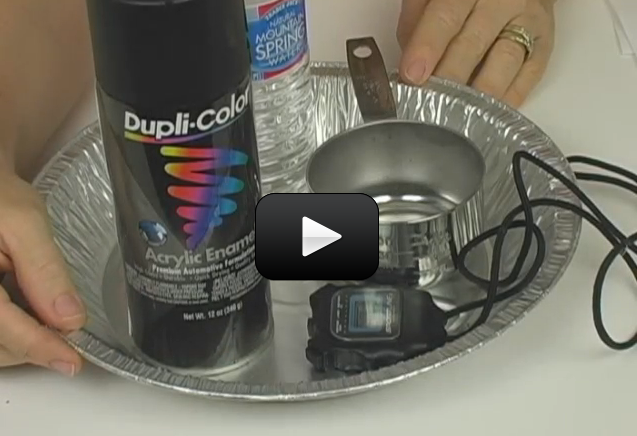

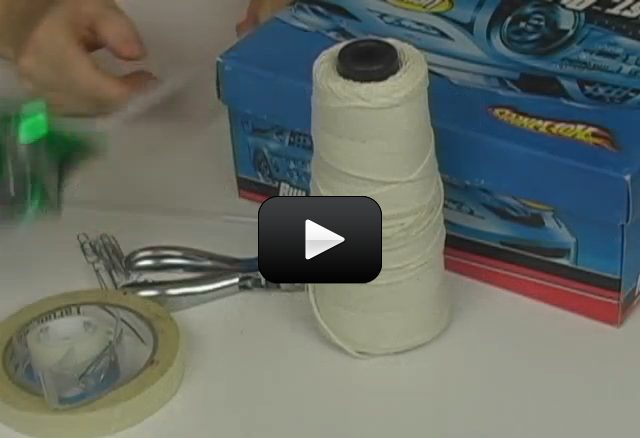

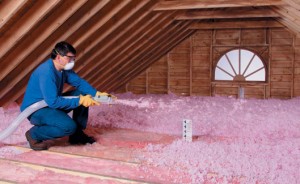
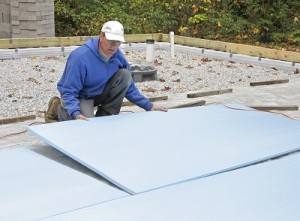
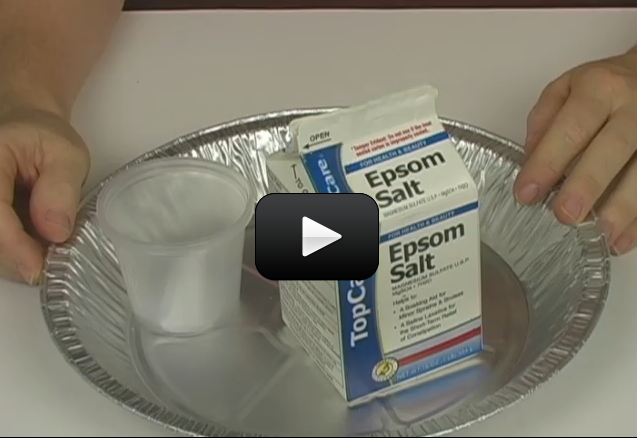

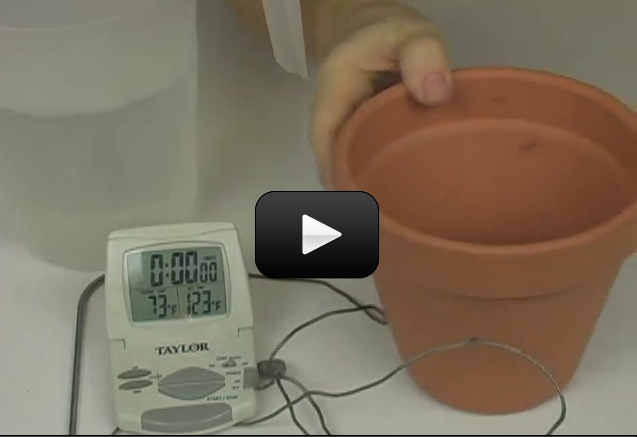
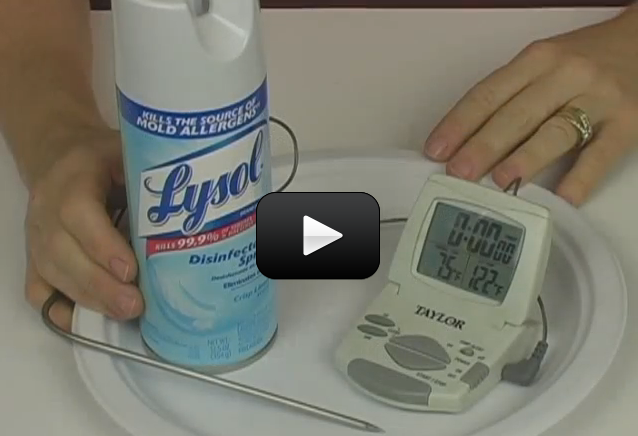
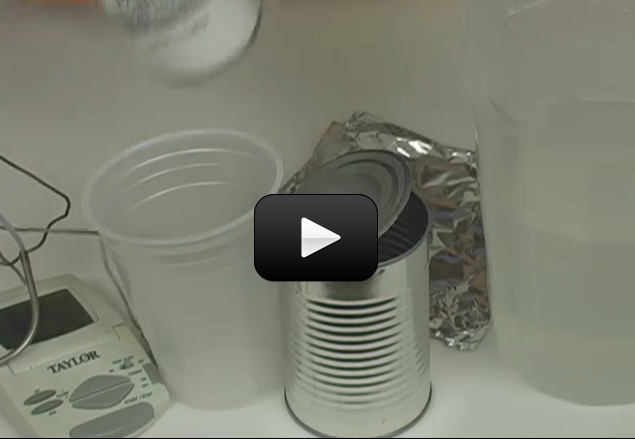

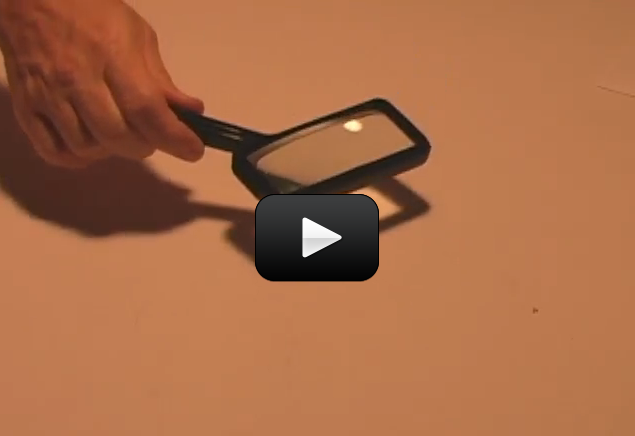
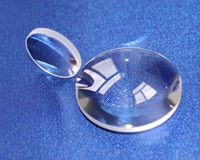
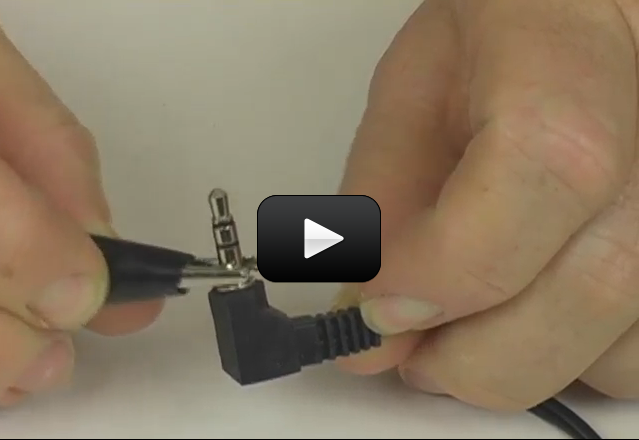
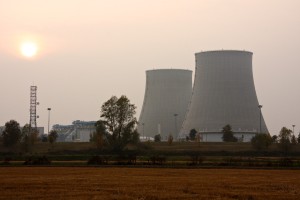
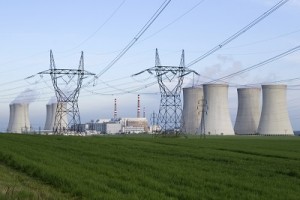 Fossil fuels, which include petroleum, natural gas, and coal, supply nearly 90 percent of the energy needs of the United States and other industrialized nations. Because of their high demand, these nonrenewable energy resources are rapidly being consumed. Coal supplies are expected to last about a thousand years.
Fossil fuels, which include petroleum, natural gas, and coal, supply nearly 90 percent of the energy needs of the United States and other industrialized nations. Because of their high demand, these nonrenewable energy resources are rapidly being consumed. Coal supplies are expected to last about a thousand years.

